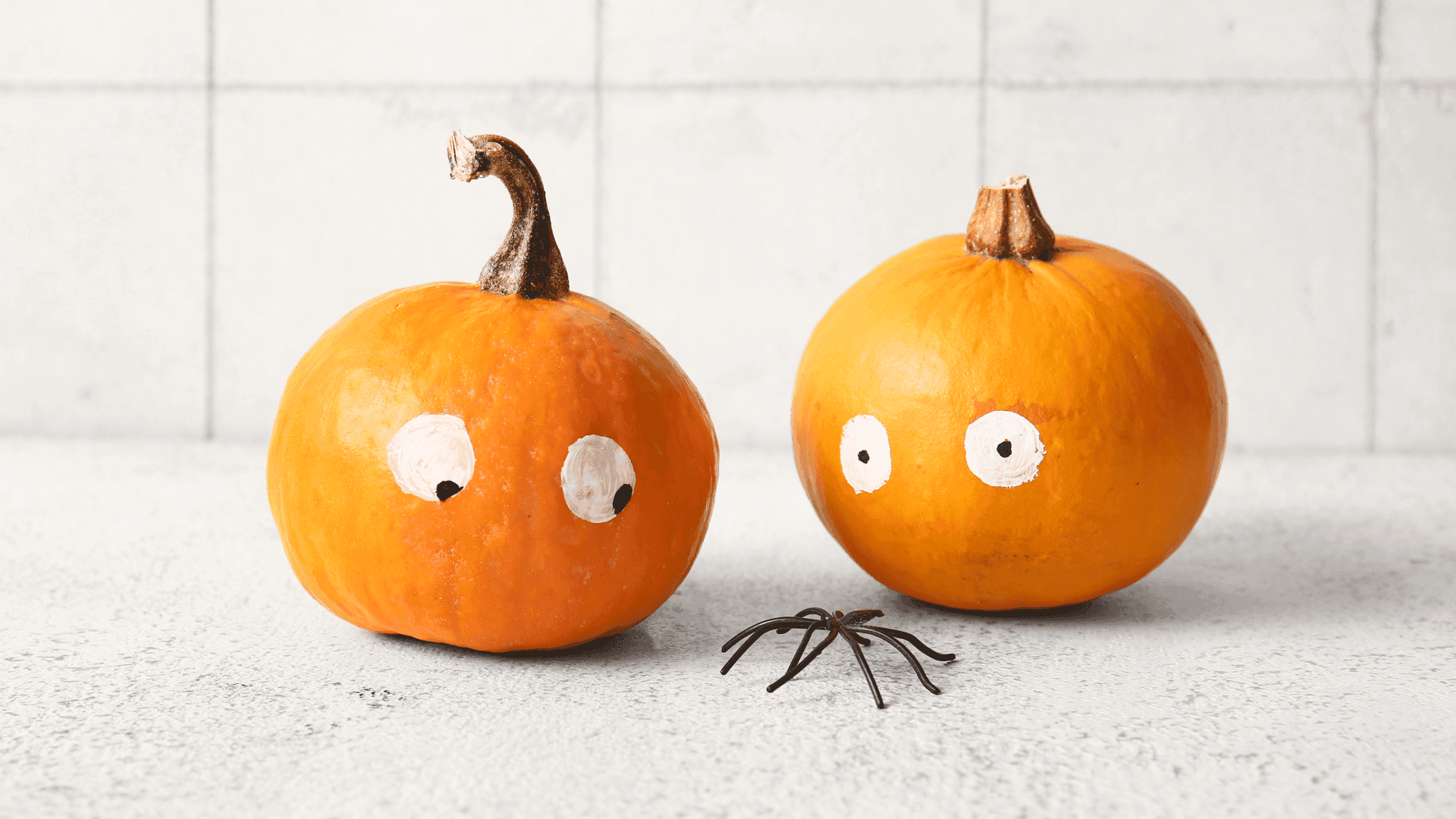Brown Recluse or Just a Spooky Spider? Myth-Busting the Real Threats Hiding in Southern Homes

Creepy Crawlers in the Season of Spooks
Cooler nights in October mean more than pumpkins on porches; they also mean spiders seeking shelter indoors. For Southern homeowners, one of the most common fears is spotting a brown recluse in the attic or basement. But is every brown spider dangerous? Let’s separate Halloween myth from real threat with this spider identification guide.
The 2 Venomous Spiders You Should Know
The Brown Recluse (Loxosceles reclusa)
- Nicknamed the “fiddleback” for its violin-shaped marking
- Has a 6-eye pattern in pairs (most spiders have 8)
- Uniform light-brown body without stripes or banding
- Prefers dark, undisturbed hiding spots: closets, attics, woodpiles, storage boxes.
A recluse bite can cause serious skin reactions and should always be evaluated by a doctor (CDC).

The Black Widow (Latrodectus mactans)
- Glossy black body with a red hourglass on the underside
- Builds messy, irregular webs in garages, sheds, and eaves
- Their venom can cause severe muscle pain and cramping, but bites are rarely fatal (CDC).

Both are dangerous spiders that require caution and professional spider control.
Common Mix-Ups – Harmless Look-Alikes
The Wolf Spider
Often confused with a recluse, the wolf spider is large, fast, and brown. Key differences:
- 8 eyes arranged in rows, unlike the recluse’s 6
- Dark, patterned body with visible striping
- Carries an egg sac on its back
- While intimidating, wolf spiders are not considered dangerous (University of Kentucky Entomology).
Other Common House Spiders
- Cellar spiders (long, thin legs, found in basements).
- Orb weavers (web-builders seen outdoors in fall).
- Jumping spiders (tiny, quick, with bold patterns).
These species may be spooky to see but are harmless to humans.
What To Do – A Simple Safety Guide
- See a suspicious spider? Don’t handle it. Instead, snap a photo for identification.
- If bitten, wash with soap and water, apply ice, and seek medical help (National Library of Medicine).
- Don’t rely on DIY traps for brown recluse or black widow infestations. Professional treatment is the safest option.
Proactive Spider Prevention for Fall
Protect your home before spiders settle in:
- Seal cracks and install door sweeps.
- Shake out stored clothing, shoes, or fall décor before use.
- Keep storage areas decluttered.
- Use yellow outdoor lights that attract fewer insects.
- Schedule regular pest control service to prevent infestations.
Need Help Identifying a Spider? Contact Cook’s
When it comes to spider identification, don’t guess. Cook’s Pest Control has more than 90 years of experience helping families with brown recluse extermination and complete spider control.
Call 1-800-239-9898 or visit cookspest.com to schedule your free consultation and enjoy a pest-free season.
